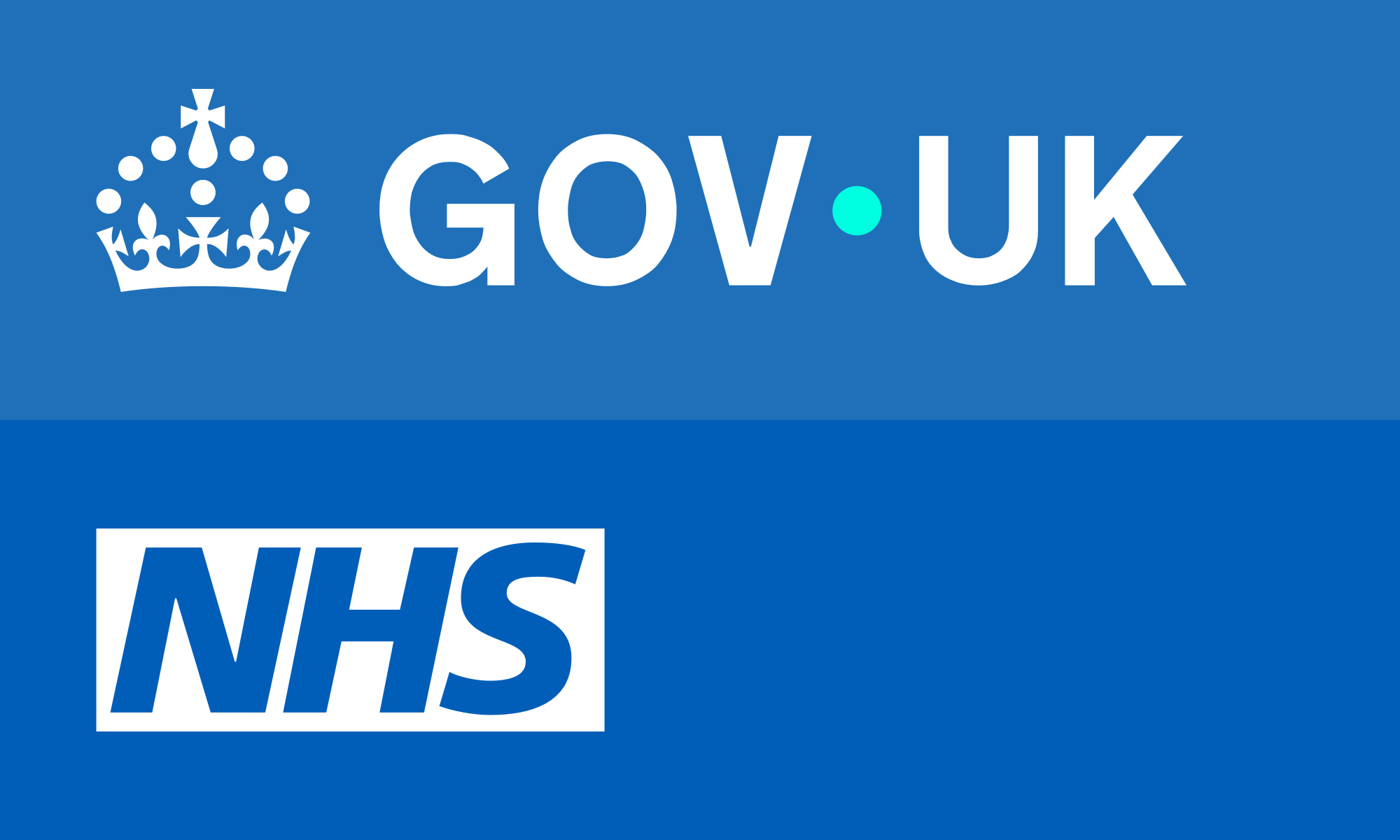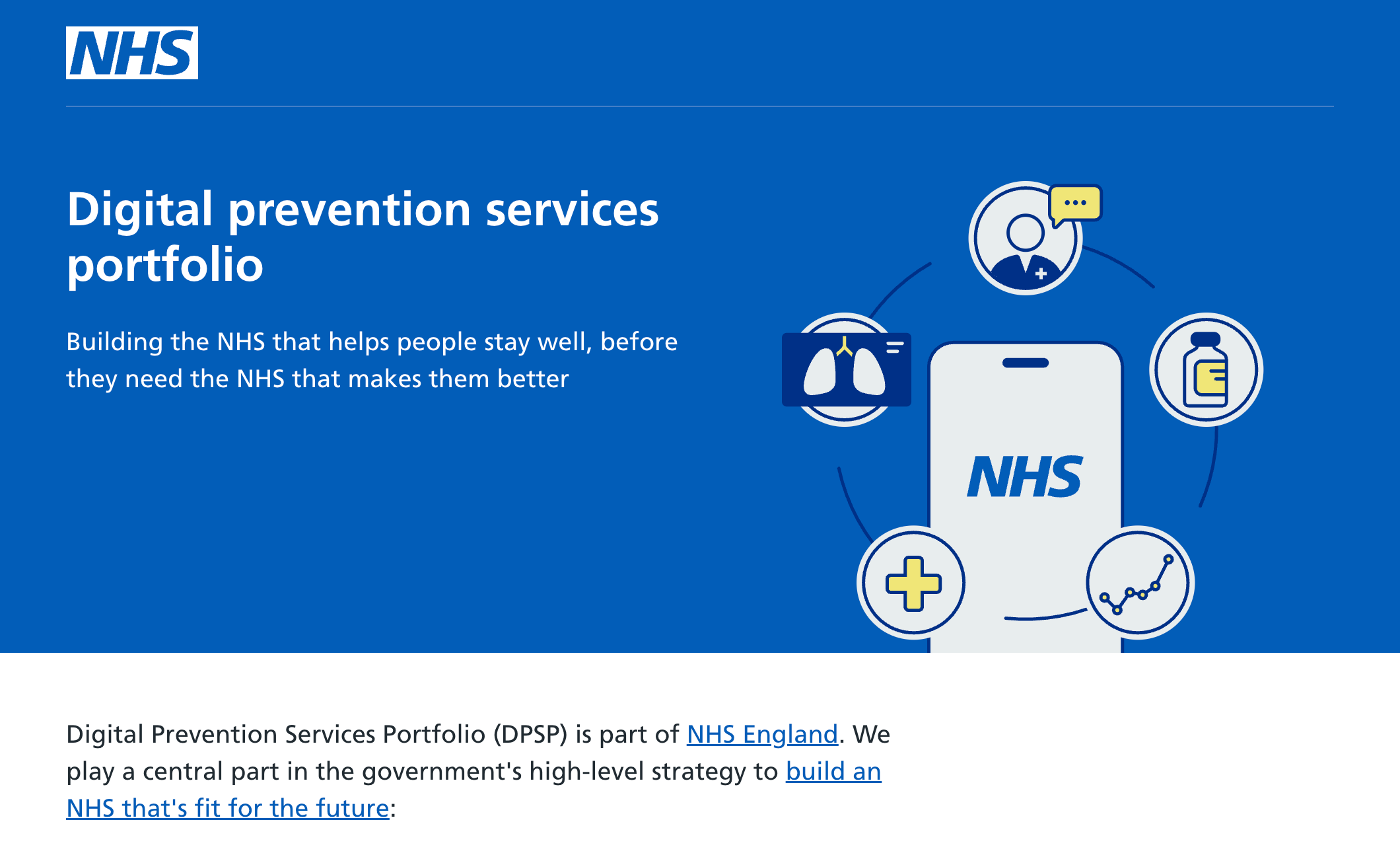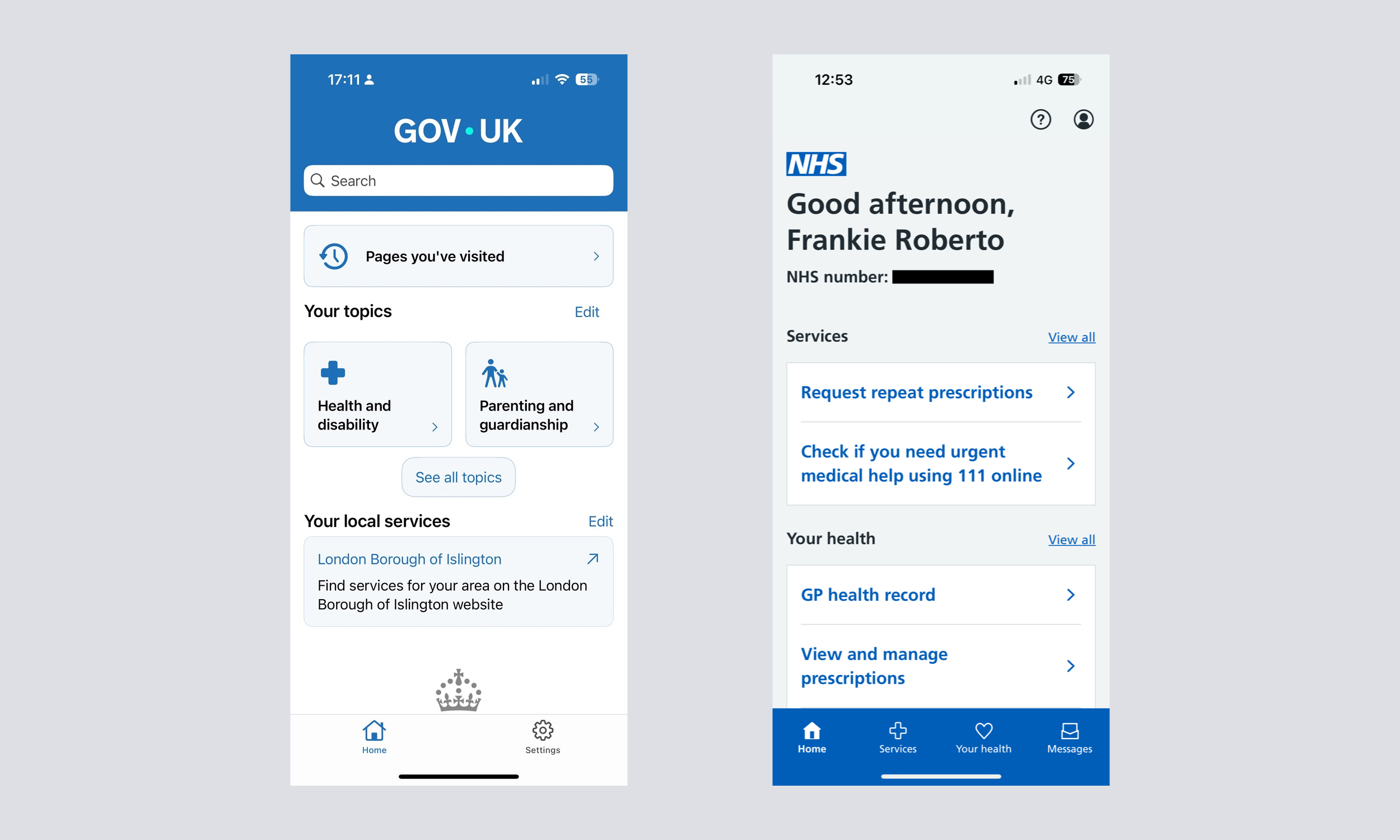Week 55: ‘Appy now?

This was a big week for government service design, with the launch of the GOV.UK brand refresh. I don’t have much to say about the design, other than that I’m glad it uses a different blue from the NHS.
It has clearly been a big task for teams across government to co-ordinate the change. In the central GOV.UK Design System team, Beeps has shared some background behind the changes, and Owen has discussed it in his weeknotes too. You can also go and read the full brand guidelines (warning: it’s a big 152MB PDF file and contains some airy fairy design fluff).
I’ve not been involved at all, except to watch from afar, and to update screenshots of all the services to help monitor how the roll-out is going.
New digital prevention services homepage

We launched a new homepage for the NHS Digital prevention services portfolio this week.
This is aimed at internal and external stakeholders (and there are many), to help communicate what the portfolio is all about and what we are up to.
Important in a time of flux.
One nice feature of the page is linking out to blog posts from people across the portfolio. It’s a real strong signal of our commitment to working in the open.
The homepage has been led by Giles and Kierstan, with support from Ralph (who drew the illustration), Paul and me.
Apps a plenty

There were a couple of news announcements about the NHS App this week. One of them announces features called My Choices and My Companion. Aside from the terrible names, there’s not a lot of detail.
I’ve also been testing the beta version of the GOV.UK App. So far it seems to just be a way of navigating to content from the website, only it needs you to sign in with GOV.UK One Login first so it can present you with a history of the pages you’ve visited. Not very compelling, but my guess is that this is just a very early beta test, and the future integration of a GOV.UK Wallet will make give it some more purpose.
I can’t help but compare the NHS App and the GOV.UK App. Both have to grapple with a tricky question of scope: should they contain ALL your digital interactions with government or the NHS, and if so is this even ever realistic? Alternatively could there be a tighter proposition, beyond which you go back to a good ’ol website?
Despite being a lover of the Web and it all stands for, I do like apps too. To me they are complementary things with different benefits and conventions. They should each play to the strengths of the different platforms. The worst spot is the uncanny valley between them: websites that try to emulate apps (hello React), and apps that are mainly web views in disguise.
It’s been 12 years since Tom Loosemore wasn’t ‘appy and I’d love to know what he thinks of it all now. James Higgott wrote about this last year too.
NHS Prototype kit updates
I released version 6.3.0 this week, which contains a small new feature to make it easier to set page titles that follow the guidance. I originally help contribute something similar to the GOV.UK prototype kit back in 2023, so it was nice to be able to re-use (and improve!) that.
I’ve also begun organising some internal training courses for using kit. After months of talking about this, I figured the best way to actually make it happen was to book some rooms for dates in the future (September), and then work backwards from there. Next week we’ll open up a form for people to book onto it, and then will start preparing the course structure. Thanks to everyone who’s volunteered to help!
Links
- Himal Mandalia has written A Single Front Door for ADHD, a thoughtful invitation for improving the ADHD journey. I have reservations about the phrase but the need for big improvement is clear.
- James O’Malley has a hot take on branding: What the NHS can learn from Dave (partially paywalled). I’m not sure I agree with the conclusion but it was an entertaining read.
- The Devereux Review of the Office for National Statistics performance and culture was published and is a sobering read. One bit that caught my eye though was about data linking: ‘ONS can now, for example, assess the impact of various forms of surgery on patients’ propensity to return to work. However, at present the benefit cost ratio is very low, and has low take-up’. Could be useful for assessing the impact of digital prevention services?
As I write this, we’re in the middle of a sweltering heatwave, and I’m pondering whether it’s acceptable to wear sandals to the office next week?